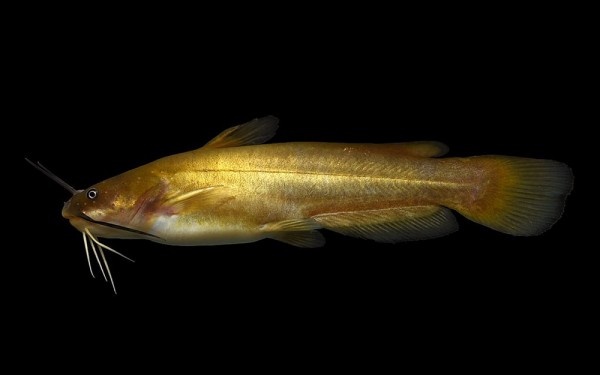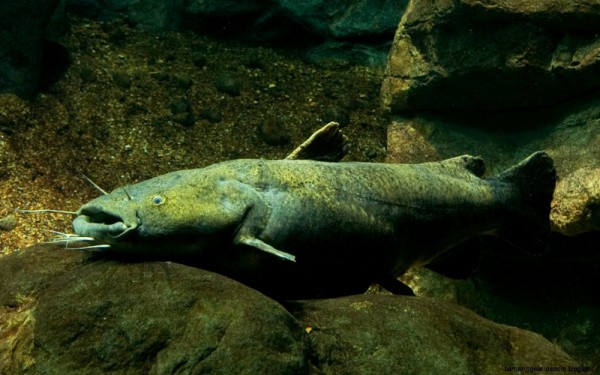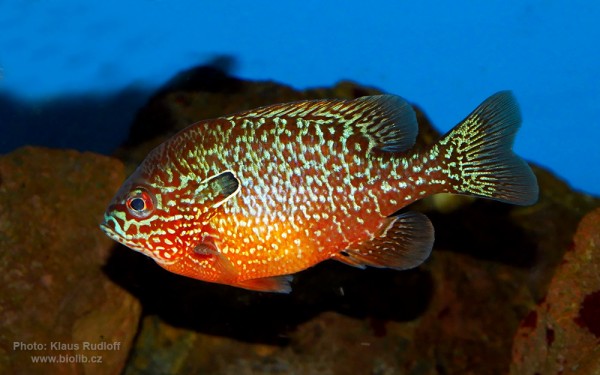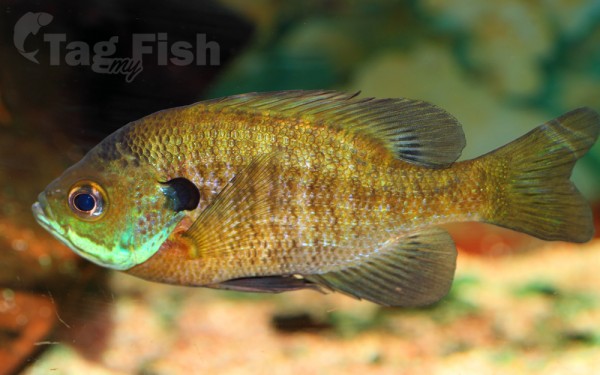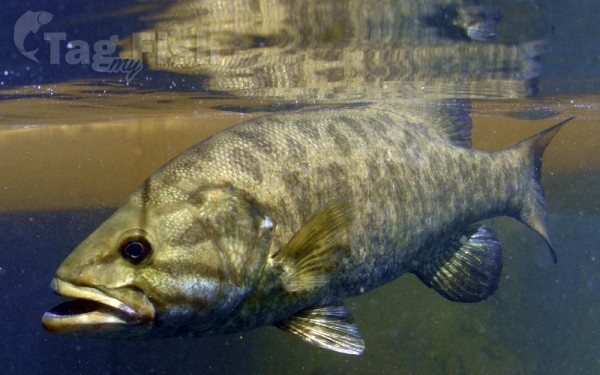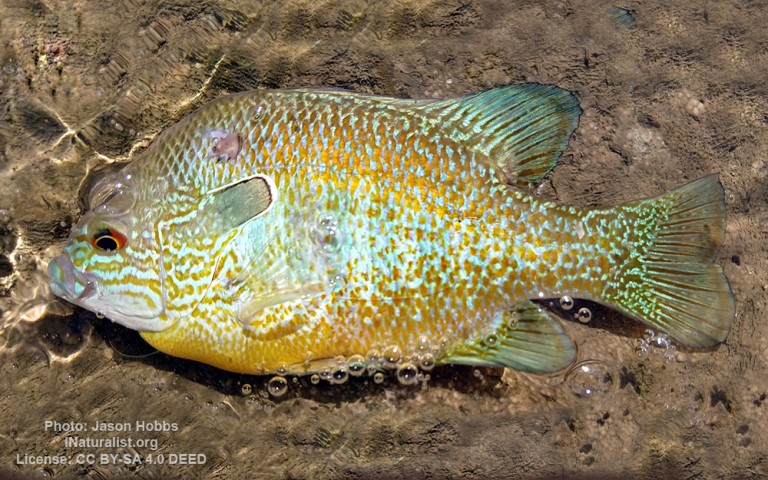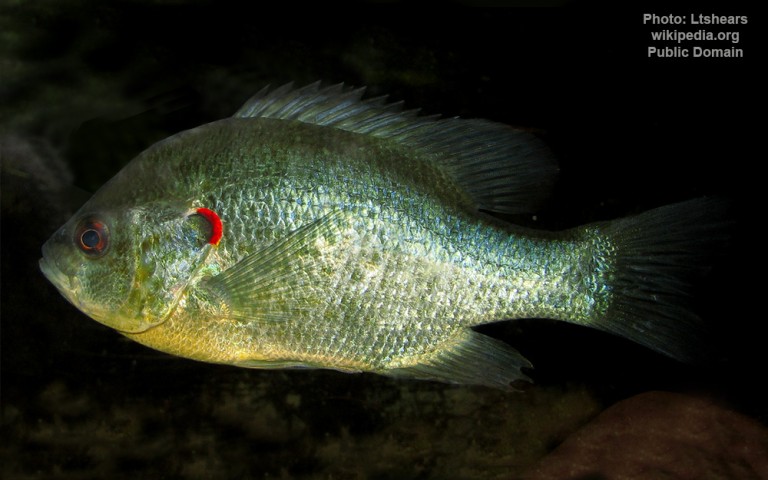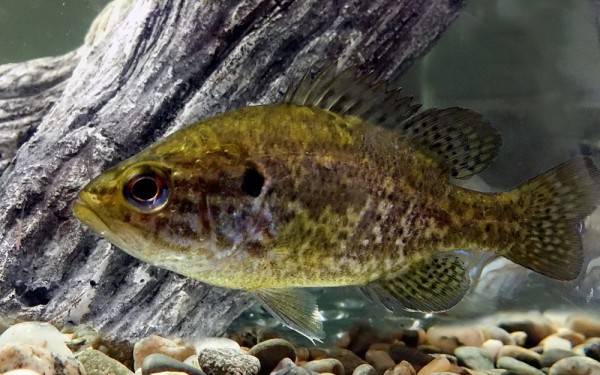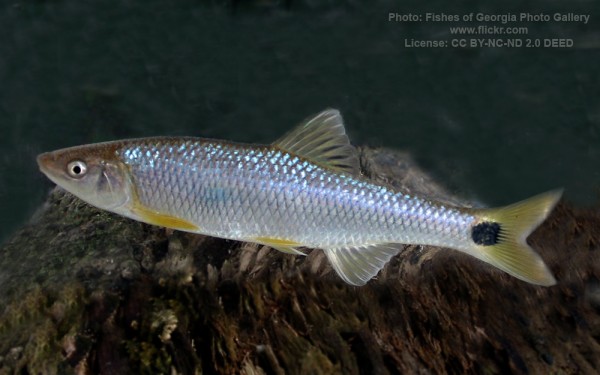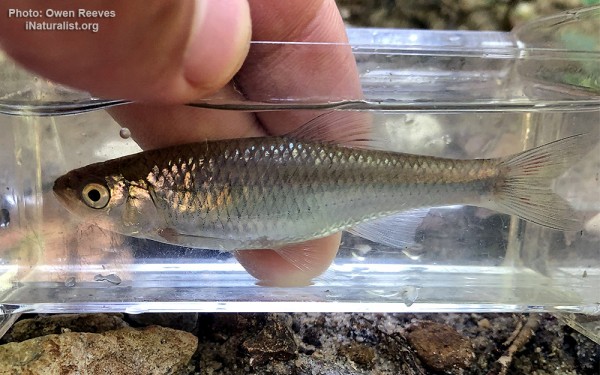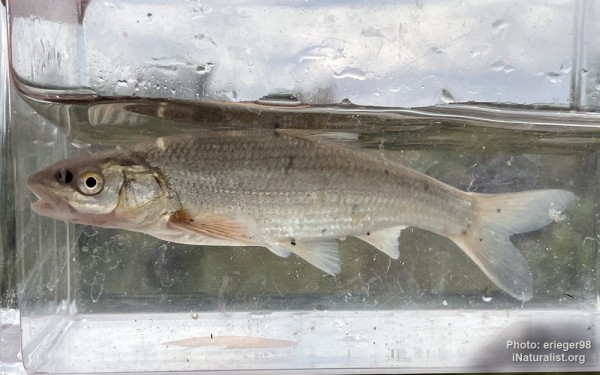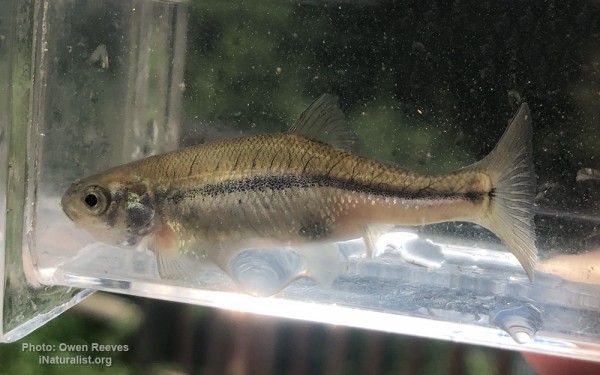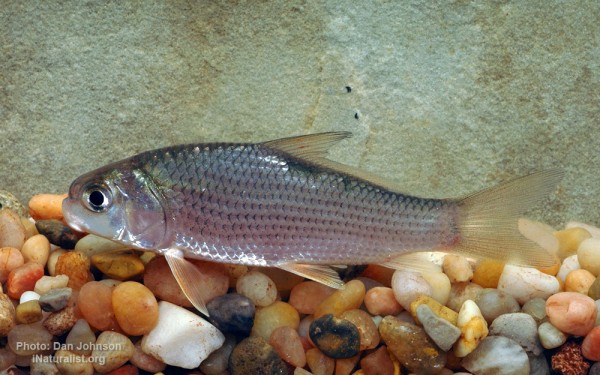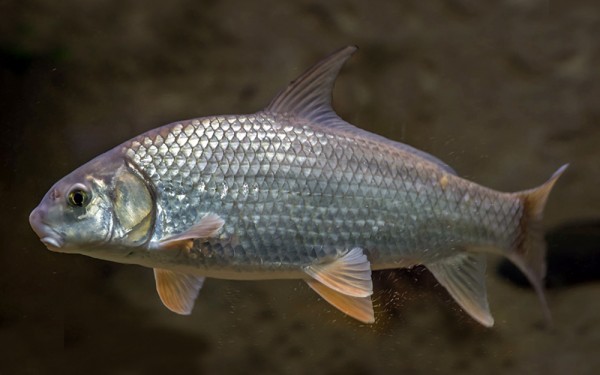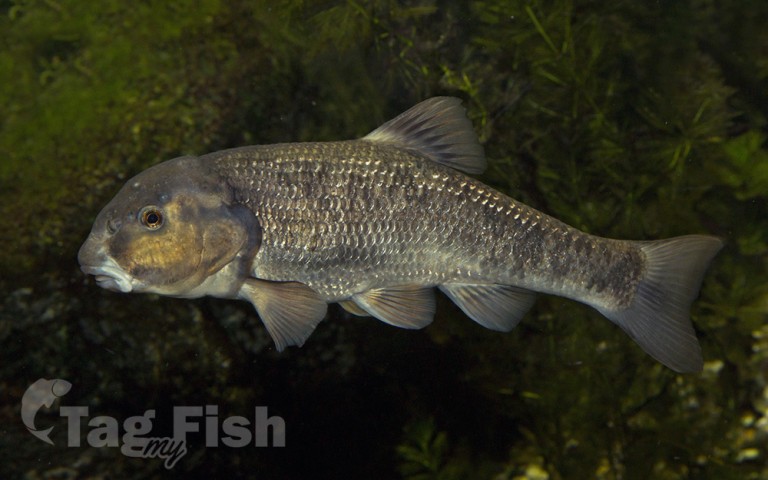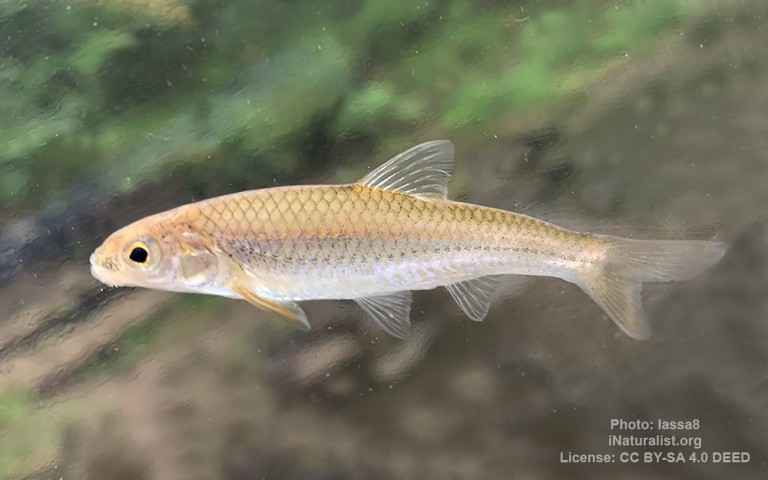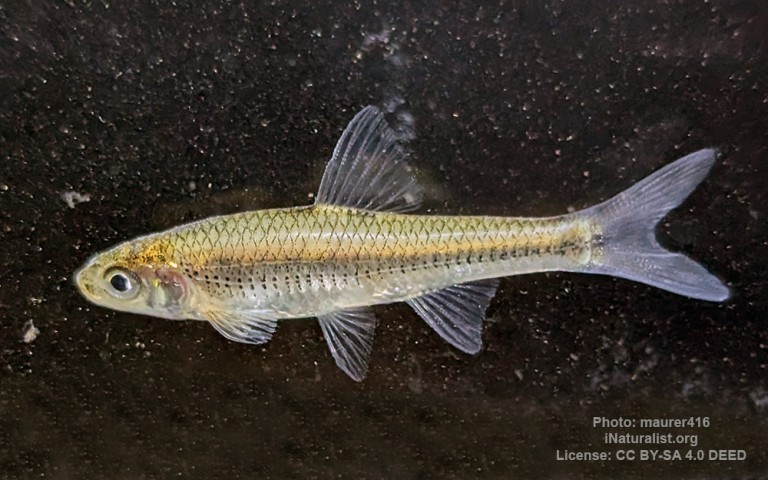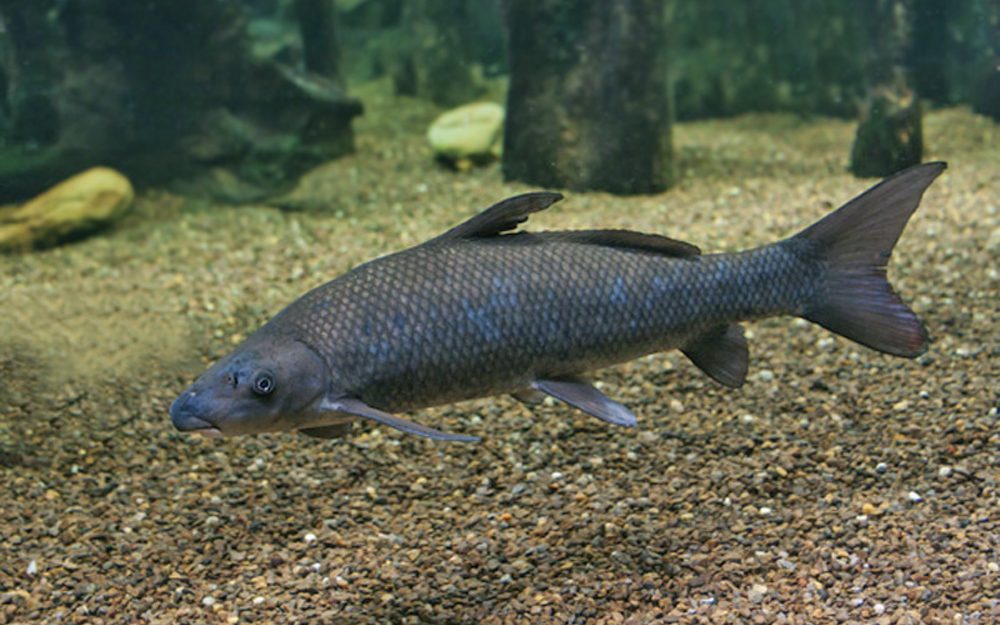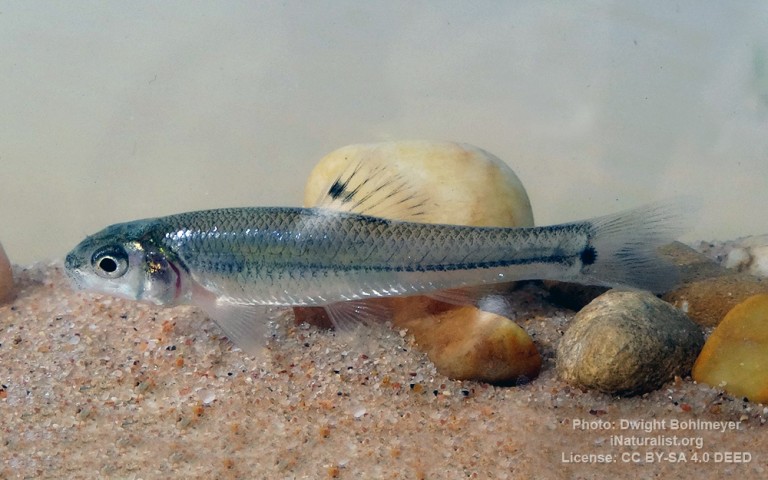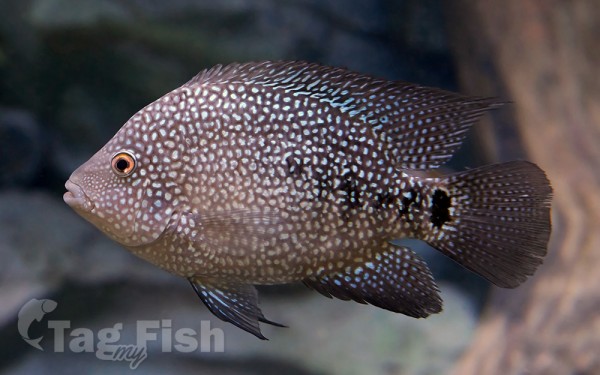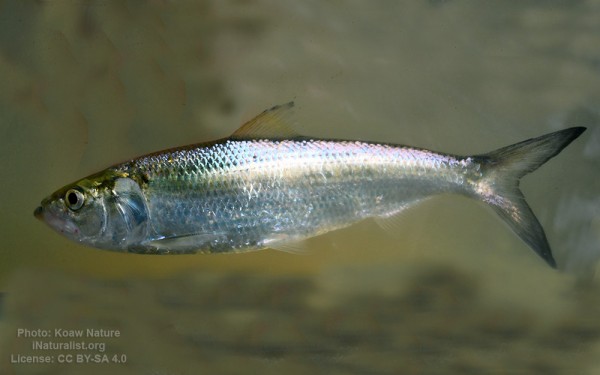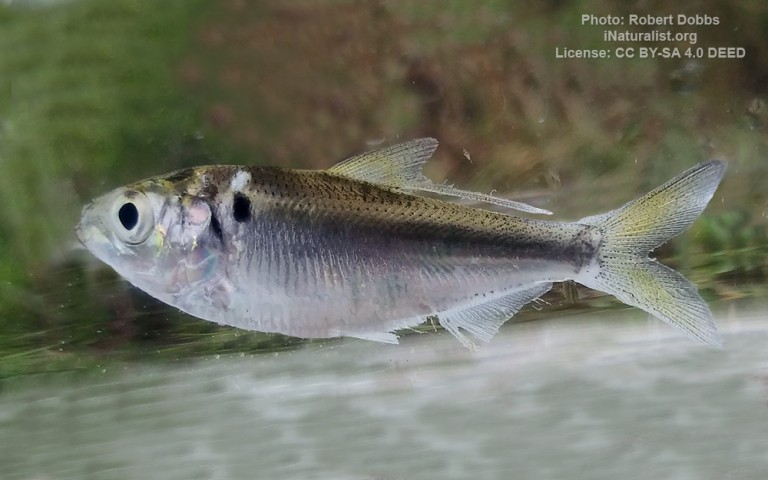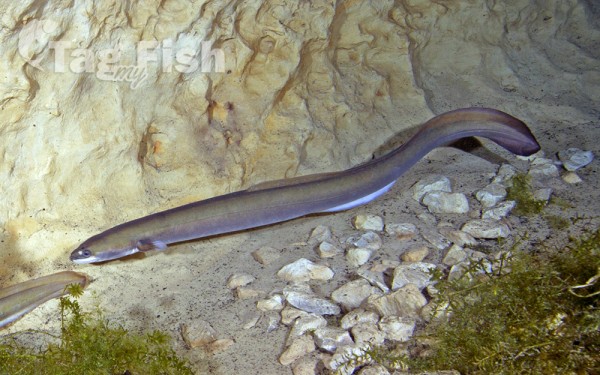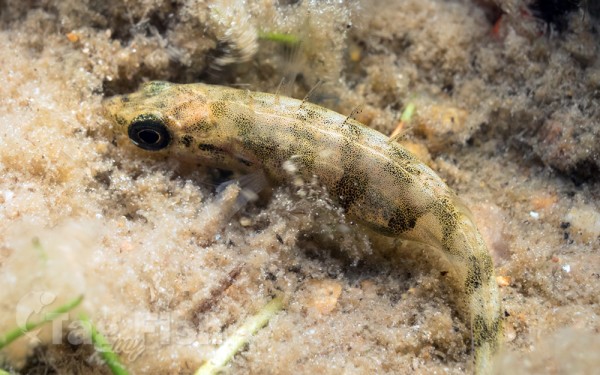Amistad Reservoir

Siluriformes - Catfishes
Centrarchiformes - Basses and sunfishes
Cypriniformes - Carps
Cichliformes - Cichlids
Clupeiformes - Herrings
Anguilliformes - Eels and morays
Gasterosteiformes - Sticklebacks
Siluriformes - Catfishes
Centrarchiformes - Basses and sunfishes
Cypriniformes - Carps
Cichliformes - Cichlids
Clupeiformes - Herrings
Anguilliformes - Eels and morays
Gasterosteiformes - Sticklebacks
Siluriformes - Catfishes
Centrarchiformes - Basses and sunfishes
Cypriniformes - Carps
Cichliformes - Cichlids
Clupeiformes - Herrings
Anguilliformes - Eels and morays
Gasterosteiformes - Sticklebacks
Amistad Reservoir (Spanish: Presa Amistad) is a reservoir on the Rio Grande at its confluence with the Devils River 12 miles (19 km) northwest of Del Rio, Texas.
The lake is bounded by Val Verde County on the United States side of the international border and by the state of Coahuila on the Mexican side of the border; the American shoreline forms the Amistad National Recreation Area.
The reservoir was formed in 1969 by the construction of Amistad Dam. The dam and lake are managed jointly by the governments of the United States and Mexico through the International Boundary and Water Commission. The name of the dam and lake is the Spanish word for friendship. The reservoir is also known as Lake Amistad.
Amistad Reservoir is part of the Rio Grande, which forms its principal inflow at its northwestern end. The other major inflow is the Devils River, which enters from the north. The reservoir occupies a series of meanders between the two rivers; its outflow passes through Amistad Dam on the lakes southern side, from which the Rio Grande continues southeastward toward the Gulf of Mexico. Since it is filled by the Rio Grande (and its tributaries, the Rio Conchos and Pecos River), Amistad\\\’s drainage basin includes a vast area of West Texas, central New Mexico, southern Colorado, southeastern Chihuahua, and northern Coahuila.
Fish and plant life
Amistad Reservoir is stocked with species of fish intended to improve the utility of the reservoir for recreational fishing. Fish found in Amistad Reservoir include largemouth bass, smallmouth bass, Guadalupe bass, and catfish. Substantial aquatic vegetation grows in the lake, primarily hydrilla.
The Amistad gambusia, a fish species endemic to the area, was eliminated in the wild when the filling of the reservoir in 1969 submerged Goodenough Spring, its only known habitat, under about 70 feet (21 m) of water. Two captive populations did not survive, and the fish was extinct by 1987.

